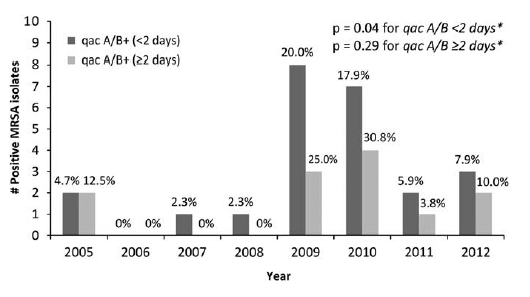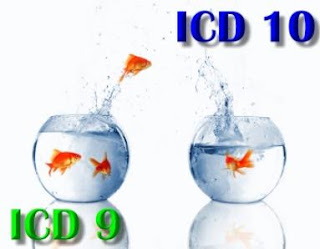Paid Sick Leave: Avoiding Contagious Presenteeism and Preventing Influenza
The US of A is the ONLY industrialized country without nationwide access to paid sick leave. Reread that sentence several times to let it sink in, it's OK, I'll wait for you. Opponents of paid sick leave say that mandatory sick leave increases the cost of labor and hurts job creation. In addition, they suggest that paid leaving increases shirking behavior and "noncontagious absenteeism". However, there are potential economic benefits for paid leave, particularly in regards to encouraging workers to not work when they've acquired an infectious disease - "contagious presenteeism."
Before wider adoption of mandatory paid sick leave in the US, it is likely that the health and economic value of such mandates will need to be estimated. To that end, economists Stefan Pichler and Nicolas Ziebarth have just published an unreviewed working paper in the National Bureau of Economic Research, that sought to estimate the impact of paid sick leave on labor supply and avoiding presenteeism as manifest through reduced influenza cases. They were able to take advantage of the staggered implementation of several city (San Francisco, Washington DC, Seattle, Philly, Portland and New York City) and state (CT, CA, MA, OR) sick leave mandates in order to determine the reduction in population-level influenza-like illness (ILI) cases using Google Flu data (2003-2015). Other cities, and states not covered by the mandates served as controls.
When they examined the impact of the mandates using city-level data and difference-in-differences models, they found that gaining access to paid sick leave resulted in a 5.5% reduction in ILI per 100,000 doctors visits. When analyzed using state-level data, they found a 2.5% reduction in ILI after adoption of mandatory sick pay. Importantly, the authors state that "infections rates may further decrease in the medium to long-run when employees have accrued larger amounts of paid sick days." The paper then takes a deep dive into the underlying behavioral mechanisms of these programs (contagious presenteeism and noncontagious absenteeism) and the positive and negative aspects of mandatory sick leave using US and German data, which makes for interesting reading if you have time.
The findings of this paper suggest an important population-level benefit for mandatory sick leave policies, which suggests the US should consider passing a bill to make such a policy nationwide. In fact, President Obama said this during his 2015 State of the Union Address: “Send me a bill that gives every worker in America the opportunity to earn seven days of paid sick leave. It’s the right thing to do. It’s the right thing to do.” I'm thinking more mandatory sick leave and less influenza would make America a wee bit greater.
Image Source: nyc.gov
Image Source: nyc.gov




I am grateful my hubby is strict about his employee's telecommuting when ill. However, they all travel globally and many of children in public schools. Besides healthcare settings public schools and airlines are areas of high contamination. Public schools are awful and I suspect if both parents and children were encouraged to stay home when child or parent were sick and folks would actually wash their hands at least at a 90 percent compliance rate the transmission rates could be dropped significantly. Of course getting sunshine, exercise,sleep and proper nutrition are key as well. None of which are considered or occur in the American public school, American home or for most their place of employment.
ReplyDelete